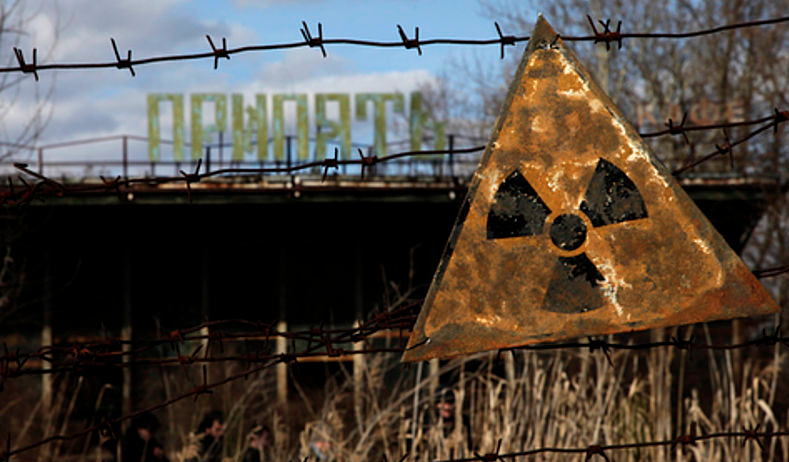Worried residents are fighting against 5G rollouts
09/11/2020 / By Cassie B.

The 5G rollout in the town of Totnes, England, was brought to a halt after campaigners asked the government to take action in light of health concerns related to the technology. After more than 1,600 residents signed a petition, Totnes councilors agreed that no new towers will go up until there is more evidence of their safety.
5G, which is the newest generation of mobile data communication, is now rolling out across the world with promises of greater connectivity, instantaneous data transmission and far faster speeds than 4G. Some have claimed it will be as much as 1,000 times faster than 4G, allowing people to download a full-length HD film in mere seconds.
However, the price humanity may pay for it could be very steep. Some of the health concerns associated with 5G include nervous system damage, cancer and reduced fertility, with some saying it will end up being the “asbestos and tobacco” of the 21st century. It’s also putting birds and insect life at risk.
The people of Totnes are not the only ones with concerns about 5G. Similar actions have been seen in Glastonbury and Frome. In America, officials in Portland have tried to block 5G rollouts, and a group of residents in Encinitas, California, protested 5G installations there. Brussels has also halted its own 5G rollout due to concerns about health risks, with regional Minister of the Government Celine Fremault saying, “The people of Brussels are not guinea pigs whose health I can sell at a profit.”
Adding fuel to the fire, more than 240 scientists who have published peer-reviewed research into the health effects of EMF signed an International EMF Scientist Appeal calling from stronger exposure limits. The scientists also expressed concerns about cell and cordless phones, Wi-Fi, smart meters, broadcast antennas and baby monitors. They cited adverse effects such as DNA damage, cancer, changes in bacterial growth and neuropsychiatric effects.
5G poses higher risk than previous generations
The higher-frequency radio waves used by 5G travel shorter distances and can be blocked more easily by buildings than past generations, so existing towers are being updated to a higher strength. Telecommunication companies also need to install more rooftop antennas, which means everyone will have one within reach of their homes – which is bad news if they are as horrible for your health as they appear. Some estimates show that at least one antenna will be needed for every 10 to 12 homes in urban areas, so it’s possible there could be one right outside your living room – or outside your child’s bedroom.
5G also uses directed energy instead of spread energy. This means the microwave beams going from the transmitter to the receiver will be more highly focused, allowing greater doses of ionizing radiation to get into people’s bodies. It’s especially risky for the brain as most people place their phones against their head during phone calls.
Another highly concerning aspect of 5G is that its electromagnetic pulses actually replicate within the body to create tiny new internal 5G antennas. RF researcher Arthur Firstenberg explained: “… when extremely short electromagnetic pulses enter the body [5G], something else happens: the moving charges themselves become little antennas that re-radiate the electromagnetic field and send it deeper into the body.”
Senator Richard Blumenthal of Connecticut raised concerns about 5G at a Senate hearing, in which he pointed out the lack of studies showing that the technology is safe. He said that “we’re kind of flying blind here so far as health and safety are concerned.”
The idea that something so potentially dangerous is being rolled out on such a wide scale without any tests showing its safety is something that people in every town around the world should be concerned about.
Sources for this article include:
Tagged Under: 4G, 5g, 5g dangers, 5G rollout, cell towers, dangerous tech, Glitch, mobile devices, radiation, telecommunications
RECENT NEWS & ARTICLES
COPYRIGHT © 2017 RADIATION NEWS



















